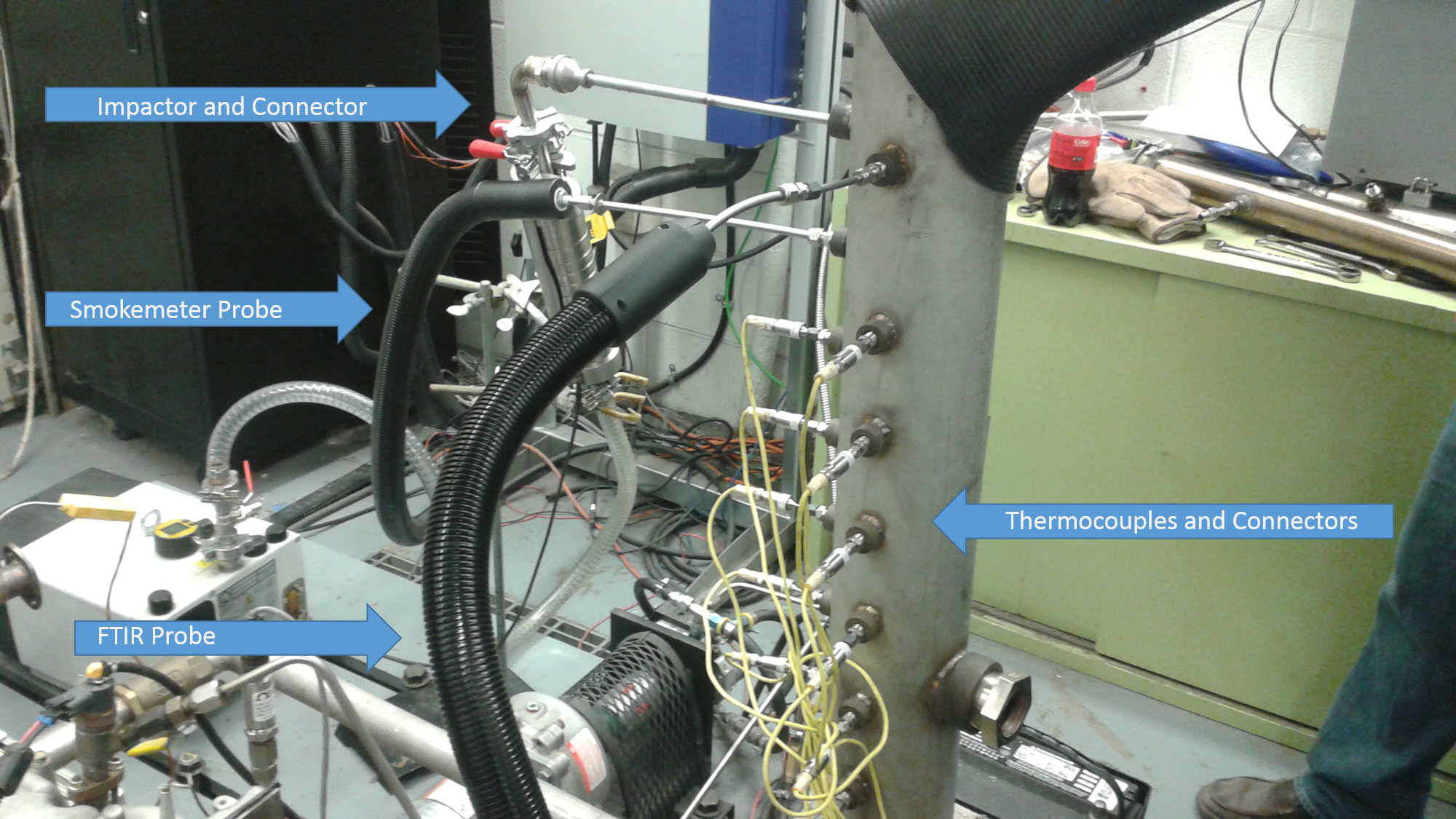Biomass Combustion Analysis
In 2015, coal-fueled power plants produced roughly 33% of the total electricity generated by the United States. Associated with large emissions of greenhouse gases, sulfur compounds, and mercury among other emissions, coal is a “dirty” and limited fuel source expected to run out within 50 years. In an effort to reduce dependence on fossil fuels and the harmful emissions their usage produces, many power generation facilities now mix varying levels of biomass with coal before burning. This co-combustion of biomass and coal lowers carbon and other emissions without affecting power output, but many popular biomasses could be rapidly depleted if demand increases significantly. Algae is an underutilized biomass with promising yield potential that could allow for significant increases in co-combustion activities. The main drawback of algae currently is a lack of research and understanding of algal combustion. To this end, a custom solid fuel burner was built based on established designs for the purpose of exploring algal combustion and comparing it to woody biomass and coal combustion. Equipped with an Alicat flow controller, 11 type-K thermocouples, and with hookups for an AVL FTIR and Smoke Meter, the solid fuel burner allows for a thorough exploration of solid fuel combustion. A LabVIEW program developed in house records data collected by the instrumentation. Currently, this set-up is used to conduct research into normalization of solid biomass burn rates based on fuel composition, but will soon be utilized for conducting coal co-combustion experiments utilizing woody and algal biomasses. The emissions and temperature data gathered during this period will be added to existing algal combustion knowledge to produce a solid understanding of the field and its potential for future applications.
Representative paper: Fixed Bed Solid Fuel Combustor for the Purpose of Testing Solid Biomass Emissions Properties - doi: 10.1115/IMECE2014-36543

Biomass pellet burner setup illustrating temperature and emissions measurement locations

View through the viewing window during an experiment

Resultant ash left over from the combustion event
